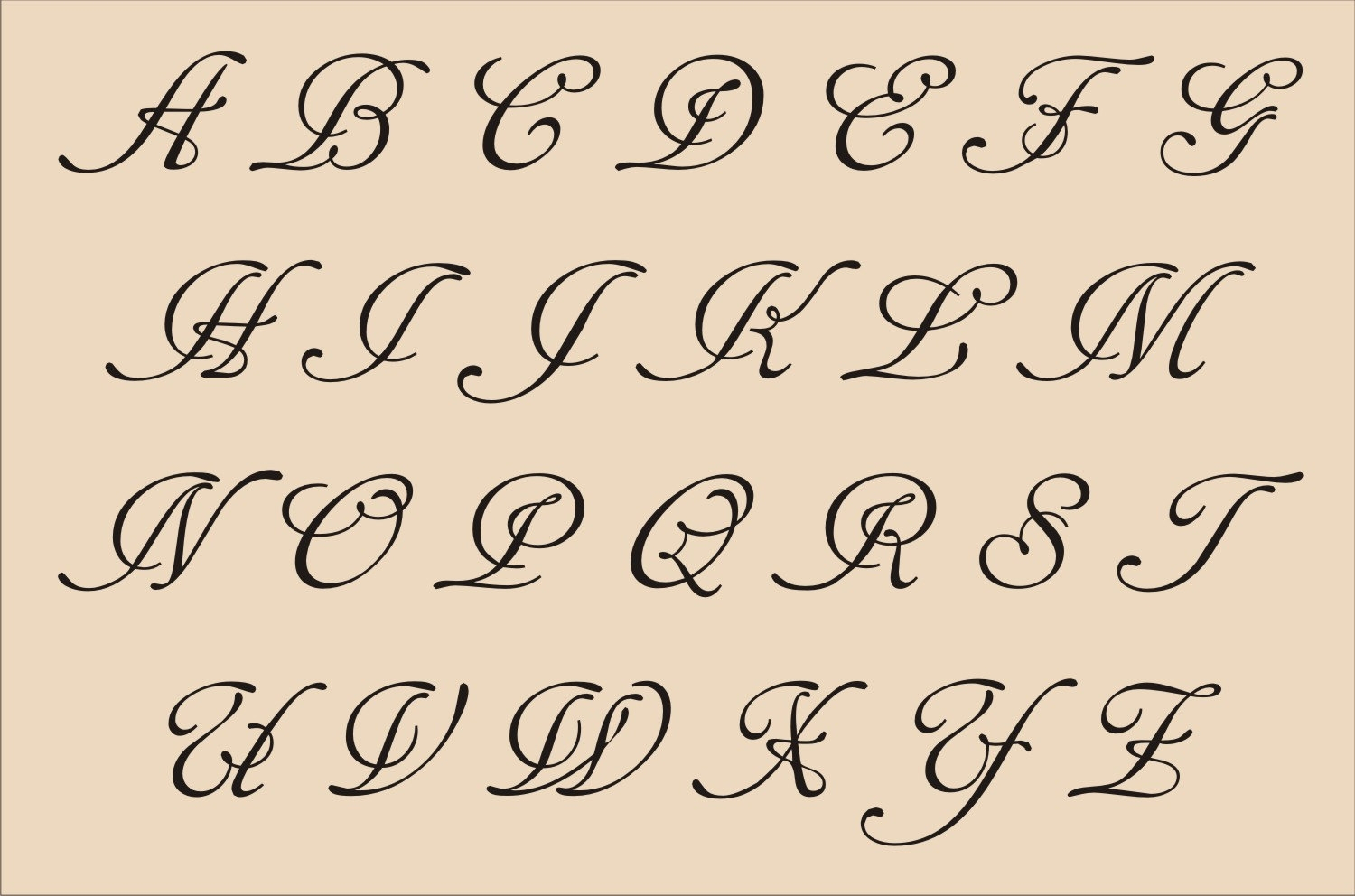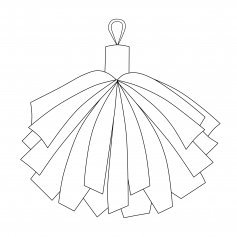Branch drawing at paintingvalley com
Table of Contents
Table of Contents
If you’re an artist or aspiring artist, you’ve likely struggled with drawing a branch at some point. Whether it’s getting the shape and texture just right or figuring out where to place it in your drawing, branches can be tricky. But fear not - with a few techniques and some practice, you’ll be able to create realistic branches that add depth and character to your artwork.
Many artists struggle with drawing branches because they’re complex and multi-faceted. They require attention to detail and can be time-consuming to create. Additionally, branches can be frustrating because they may not turn out the way you envisioned them, leading to feelings of disappointment or self-doubt. Despite these challenges, branches are an essential element of many artworks, adding a sense of realism and depth to your composition.
The first step in drawing a branch is understanding its basic structure. A branch typically consists of a central stem or trunk, from which secondary branches extend. These branches may then give rise to tertiary branches, which themselves may have smaller branches or leaves. To draw a branch realistically, it’s important to pay attention to the way the branches curve and twist, the texture of the bark, and the spacing between the leaves.
In summary, to draw a branch successfully, you need to understand its basic structure, pay attention to detail, and practice regularly. By following these steps, you’ll be able to create lifelike branches that add depth and character to your artwork.
How to Draw a Branch: Tips and Techniques
When I first started drawing, I struggled to create realistic-looking branches. I found that my branches were either too rigid or too loose, and I struggled with getting the texture of the bark just right. However, with some practice and experimentation, I discovered a few tips and techniques that helped me improve my skills.
One of the most important things to keep in mind when drawing a branch is to pay attention to the way it curves and twists. Branches rarely follow a straight line - they tend to be more fluid and organic in shape. To create a more natural-looking branch, try sketching out a rough shape first and then adding more detail as you go.
Another important aspect of drawing a branch is paying attention to the texture of the bark. Bark can vary widely depending on the type of tree or plant, so it’s important to do some research or observe real branches to get a sense of what the bark should look like. Adding in small details like knots or rough patches can help make your branch look more realistic.
Different Types of Branches
There are many different types of branches out there, each with their own distinct shape and texture. Some branches are thick and gnarled, while others are thin and delicate. Some have smooth bark, while others are covered in ridges and knots. Understanding the different types of branches and their unique characteristics can help you create more realistic and engaging artwork.
Thick Branches
Thick branches are usually found on larger trees and tend to be more rugged in appearance. To draw a thick branch, start by sketching out the general shape and then add in details like texture and shading to give it depth and dimension. Pay attention to the way the branches curve and twist, and try to create a sense of weight and solidity.
Thin Branches
Thin branches are typically found on smaller plants or younger trees. They tend to be more delicate in appearance and may have smaller leaves or buds. When drawing a thin branch, it’s important to pay attention to its fragility and lightness. Use thin, light lines to create a sense of delicacy, and be sure to add in small details like leaves or buds to give the branch more depth.
Question and Answer
Q: Do I need to be good at drawing to create realistic branches?
A: While having some drawing skills can certainly help, it’s not a requirement for creating realistic branches. With some practice and patience, anyone can learn to draw lifelike branches.
Q: What are some common mistakes people make when drawing branches?
A: One common mistake is creating branches that are too rigid or symmetrical. Branches in nature tend to be more fluid and organic in shape, so it’s important to capture that in your drawing. Another mistake is not paying attention to the texture of the bark - adding in small details like ridges or knots can make your branch look more realistic.
Q: What should I do if my branches don’t look the way I want them to?
A: Keep practicing! Drawing realistic branches takes time and patience, and it’s not uncommon for your initial attempts to fall short of your expectations. Look for inspiration in nature or other artworks, and don’t be afraid to experiment with different techniques and styles until you find what works best for you.
Q: How can I use branches in my artwork?
A: Branches can add depth and character to any artwork, whether it’s a landscape, still life, or portrait. Consider using them as a framing device to draw attention to your main subject, or as a way to create a sense of movement and energy in your composition.
Conclusion of How to Draw a Branch
Drawing a branch may seem daunting at first, but with some practice and attention to detail, anyone can create realistic-looking branches that add depth and character to their artwork. Remember to start with the basic structure of the branch, pay attention to the way it curves and twists, and add in details like texture and shading to make it come to life. And most importantly, don’t give up - the more you practice, the better you’ll become!
Gallery
How To Draw Tree Branches Full Of Leaves Drawing Tutorial - How To Draw
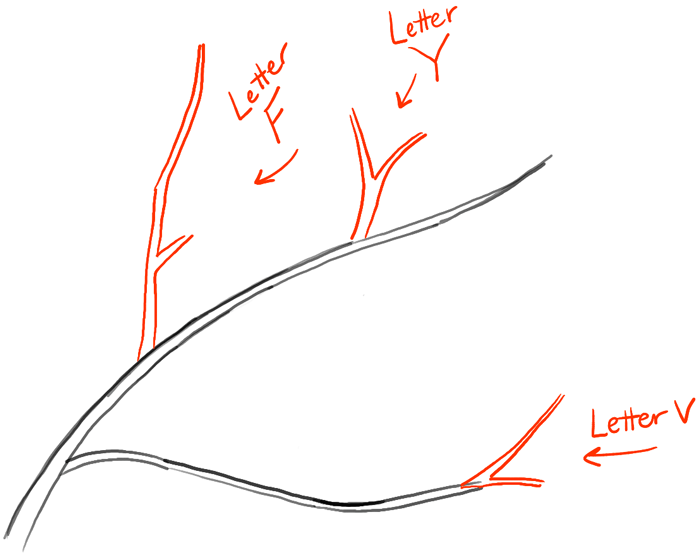
Photo Credit by: bing.com / leaves drawinghowtodraw boredart guides
How To Draw A Tree Branch - Really Easy Drawing Tutorial

Photo Credit by: bing.com / easydrawingguides
A Set Of Tree Branch 299682 Vector Art At Vecteezy
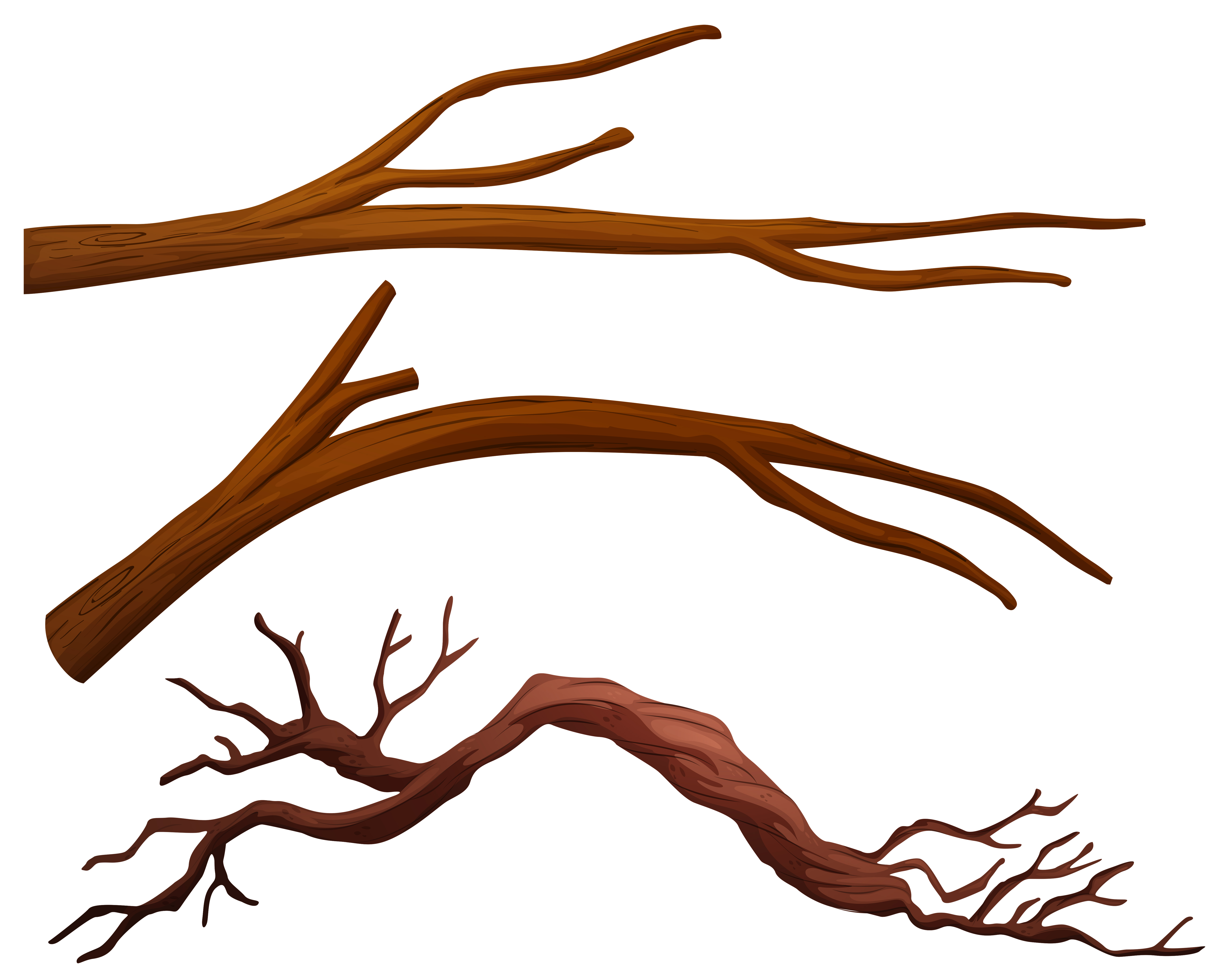
Photo Credit by: bing.com / branch tree vector branches vectors clipart leaves vecteezy graphics freepik keywords related
How To Draw Trees: Curving Branches - John Muir Laws

Photo Credit by: bing.com / branches draw trees drawing drawings tree sketches branch curving oak realistic trunk johnmuirlaws simple pencil step tumblr muir john toward
Branch Drawing At PaintingValley.com | Explore Collection Of Branch Drawing
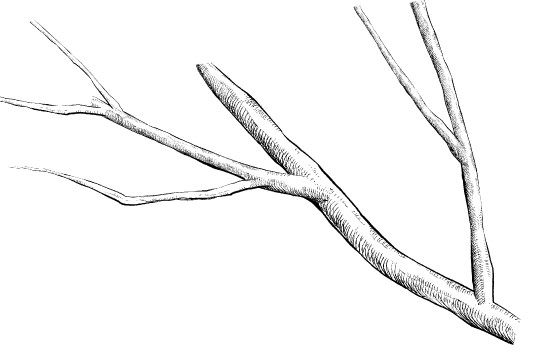
Photo Credit by: bing.com / branch drawing trunk drawings root paintingvalley brushes horizontal materials manga


